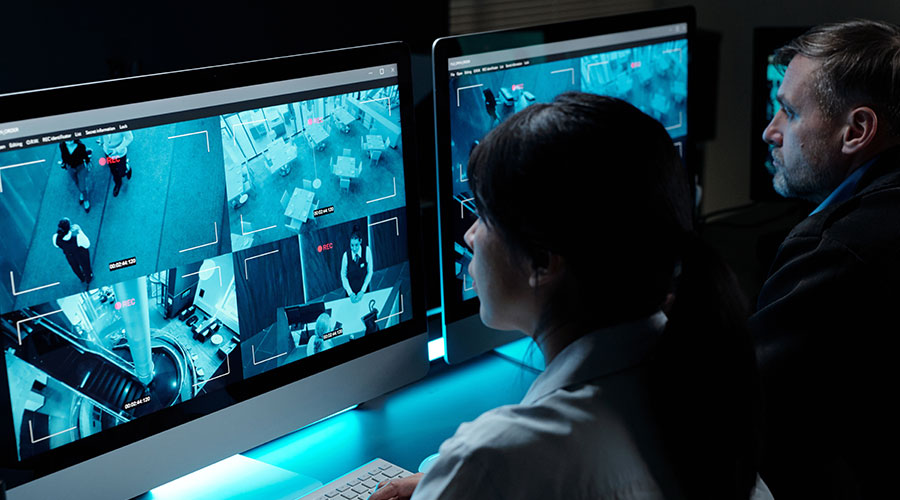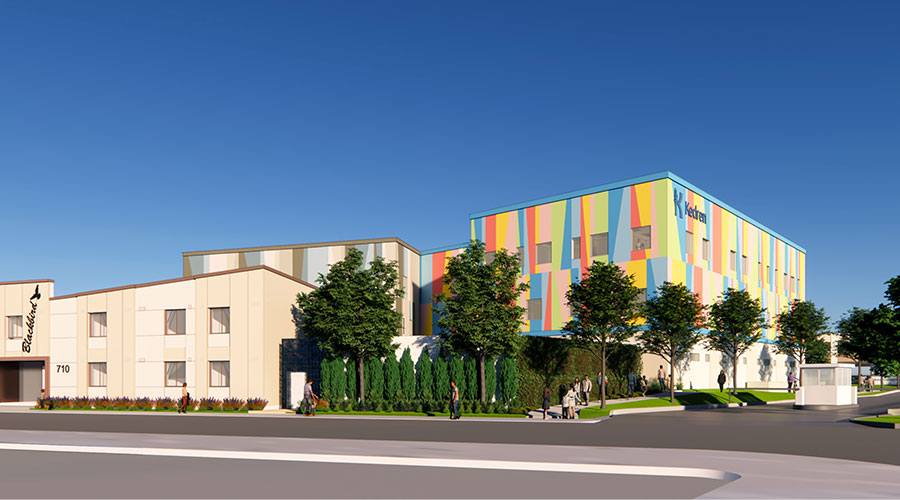Healthcare construction projects have significantly changed over the past decade, with increasingly compressed schedules, budgets, as well as continually advancing technologies.
And healthcare projects continue to evolve and change. In California, for example, a swath of new requirements for all facilities must be implemented by 2030. At the same time, healthcare is a longstanding industry, the stability of which is disrupted today by frequent mergers and acquisitions.
Traditional ways of delivering projects do not function to support the continually evolving trends and needs in healthcare.
As a result, industry leaders are implementing new technology tools and processes, and using Lean management techniques to respond to these challenges.
Innovations like IPD and BIM are essential to successful project completion in today’s fast-paced environment. For stakeholders and project teams, building relationships among team members provides the critical foundation needed to manage change through the course of the project. Having a comfort level with their partners allows everyone on the team to perform well, be accountable for the good as well as the challenging, and see the project through to successful completion.
The keys to a successful project using these innovations are openness and accountability, as well as new levels of collaboration.
Here are insights.
Openness + Transparency
Openness starts with effective communication and transparency among all parties in planning sessions, with a focus on getting the key decision-makers in a room together at the very start of the project.
Although the concepts are not new, open data sharing and planning sessions with the entire team laying out tasks on simple sticky notes are still unfamiliar to some. Because of the compressed schedules and budgets of projects, many such fundamental planning techniques are skipped on projects. Good communication and openness within the team is critical, however, and getting everyone together in team meetings often results in a whole new – and invaluable – realization of internal operations.
It is even more productive to foster a sense of openness in an environment with transparency. With pull planning, commitments, and accountability, leaders and stakeholders already know what other team members are doing so there’s more focus on meeting schedules and deliverables.
When there is good communication among the project team—both from the design side and construction side—the project is an open book. With the IPD Lean open-book policy, financial feedback is instantaneous. Because of the transparent quality of the work, everyone can see and improve project details.
Taking a larger view of the process and project helps members of the team think beyond their scope of work. Planning with these larger-scale considerations in mind helps project teams take the end goals of the project into consideration throughout the course of the project.
The transparent, IPD process is efficient and cost-effective not only for the project team, but also healthcare leaders. In the risk/reward environment, corrective comments are welcomed and surface earlier. Reducing contingencies and buffers in the planning means that real data is available and decision-making is more accurate. Some of the savings might be distributed among the team as an incentive, and another portion can go back to the healthcare leaders to be reinvested in aspects of the project that were initially viewed as unfeasible.
Accountability
Accountability in projects has developed a negative connotation in the past. In reality, however, accountability can be neutral—tracking down the real issue. But most importantly, accountability has the potential to be very positive – when team members receive recognition for resolving challenges, advancing the schedule or saving costs in the project. When project teams understand that accountability can be affirming, they thrive in the risk/reward environment and bring an open mind to meetings and discussions. With metrics and data shared across all disciplines, everyone on the team becomes a partner in the project.
For example, in a risk/reward environment, some project team members may be more transparent about strengths and weaknesses with something as simple as signage. Various project members may have the capabilities, but an interior consultant might do a better job, and the cost to hire that person would be offset with the improved quality. In the end, the client saves money and gets a superior result, which is a win for the entire project.
Innovation may even become a fun competition within the team, especially when there is an incentive. This kind of positive reinforcement builds a culture of collaboration along with the accountability, which is ideal in projects that unite architect/engineering groups with contractors. When everyone knows that others are there to be helpful and it’s a culture of learning and growth, the trades will share their knowledge for the good of the project, building a solid foundation of successful partnerships.
Collaboration
While technology is a great tool in a Lean environment, if it is not used properly it can become an obstacle as project teams lose the soft skills of communication and collaboration. Sitting down face-to-face pulls people together and productive conversations almost inevitably ensue.
The “big room” approach of getting the entire team together in a room for a daylong or weeklong workshop not only builds relationships at the start of a project, but also creates a starting point for ongoing collaboration in scheduled reviews and project team interactions – open, transparent and accountable – throughout the project.
There are so many boards and processes internally, particularly in healthcare organizations, that getting the group together optimizes communication. This type of collaboration maximizes how the internal infrastructure of the healthcare organization and the project function. Tools like VR and augmented reality allow the team to make changes in real time in response to feedback. Instead of technology replacing the soft skills of human interaction, it can be used to enhance the efforts of the project team and allow new levels of collaboration.
Scott Adams, AIA, LEED AP, is the manager of practice technology with Ghafari Associates. He can be reached at sadams@ghafari.com.

 AI-Driven Facilities: Strategic Planning and Cost Management
AI-Driven Facilities: Strategic Planning and Cost Management  Double Homicide Suspect Hides from Police in Upstate Community Hospital
Double Homicide Suspect Hides from Police in Upstate Community Hospital McCarthy and HOK Break Ground on Kedren Children's Village
McCarthy and HOK Break Ground on Kedren Children's Village Thousands of Healthcare Workers Laid Off
Thousands of Healthcare Workers Laid Off Construction Tops Off at Hackensack Meridian Health and Wellness Center
Construction Tops Off at Hackensack Meridian Health and Wellness Center